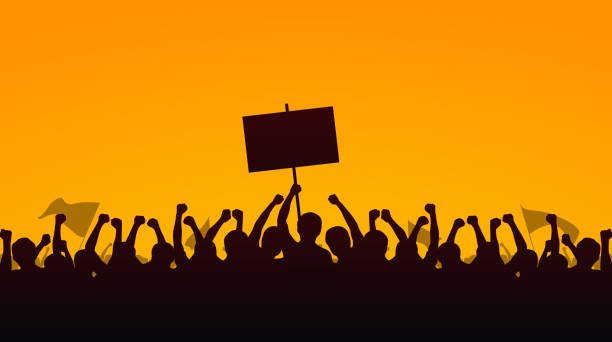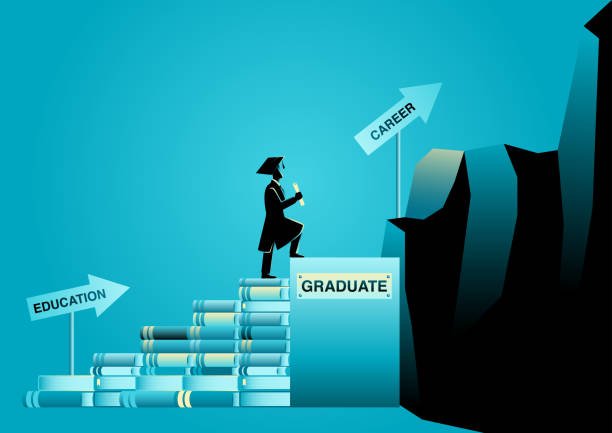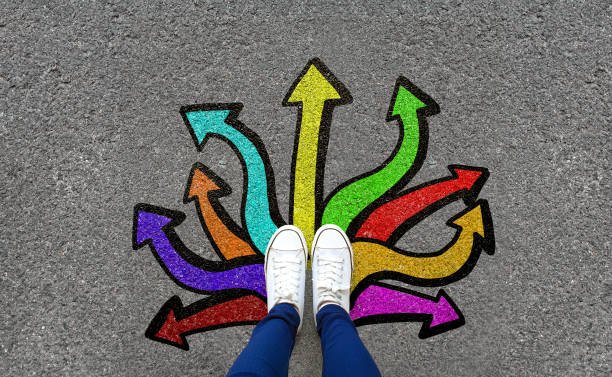Ways in Which the Protestors can Violate the Human Rights of Community Members Through Their Strike Actions.
While protests are a vital form of expression and a cornerstone of democratic societies, allowing individuals and groups to voice their grievances and demand change, they can sometimes lead to situations where the human rights of others within the community are inadvertently or intentionally violated.
Ways in Which the Protestors can Violate the Human Rights of Community Members Through Their Strike Actions
Here are several ways in which protestors, through their strike actions, might violate the human rights of community members:
Obstructing Access to Emergency Services:
Protestors can violate the human rights of community members through Obstructing Access to Emergency Services: Blocking roads or creating barriers that prevent ambulances, fire services, and police from reaching emergencies can endanger lives by denying critical and timely access to healthcare and safety services.
- Protesters blocking a major highway, preventing an ambulance from reaching a critically ill patient in time.
- A demonstration outside a hospital that hinders patients from accessing emergency medical care.
- Roadblocks set up by protesters that delay firefighters from reaching a site of a significant fire, causing further damage and risking lives.
- A sit-in protest at a police station that obstructs law enforcement officers from responding to emergency calls for help.
Damaging Public and Private Property:
Protestors can violate the human rights of community members through Damaging Public and Private Property: Destruction of property not only results in financial loss but can also create an environment of fear and insecurity within the community, impacting the right to security and a safe living environment.
- Vandalizing local businesses during a protest, causing financial ruin for small business owners.
- Setting fire to public buildings, like schools or libraries, destroying community resources and heritage.
- Smashing the windows and cars of residential areas, instilling fear and causing property damage to individuals uninvolved in the protests.
- Defacing monuments or cultural sites, leading to a loss of cultural heritage and community identity.
Intimidation and Violence:
Protestors can violate the human rights of community members through Intimidation and Violence: Intimidating or physically harming individuals who do not participate in or oppose the strike actions violates their rights to personal security and freedom of expression. It can also deter individuals from expressing dissenting views.
- Threatening individuals who cross picket lines to go to work, creating a climate of fear and coercion.
- Physical altercations with non-protesters, such as bystanders or counter-protesters, infringing on their safety and security.
- Harassing journalists or media personnel covering the strike, impeding freedom of the press and expression.
- Use of force to disrupt public meetings or gatherings that aim to discuss resolutions to the strike, silencing alternative viewpoints.
Disruption of Education and Healthcare:
Protestors can violate the human rights of community members through Disruption of Education and Healthcare: Strikes that lead to the closure of schools and healthcare facilities infringe on the right to education and access to healthcare, respectively, affecting the well-being and future prospects of community members.
- Occupying schools, leading to prolonged closures and denying children their right to education.
- Protest actions at hospitals, disrupting healthcare services and preventing patients from receiving necessary medical treatments.
- Blocking access to universities or colleges, affecting students’ education and examination schedules.
- Preventing healthcare workers from reaching their places of work, such as clinics or care homes, impacting vulnerable populations’ access to care.
Limiting Freedom of Movement:
Protestors can violate the human rights of community members through Limiting Freedom of Movement: By blocking roads or public transportation routes, protestors can restrict the freedom of movement of other community members, impacting their ability to work, access services, or even escape dangerous situations.
- Blockades on major transportation routes, like bridges or tunnels, preventing people from commuting to work or returning home.
- Surrounding transit stations or halting public transportation, such as buses or trains, forcing commuters to find alternative, often less safe, routes.
- Encircling government buildings or public squares, limiting access for individuals needing to use public services or participate in civic activities.
- Creating human chains across roads, stopping all vehicular traffic and hindering daily activities, including emergency responses.
Economic Harm:
Protestors can violate the human rights of community members through Economic Harm: Strikes, especially those prolonged or involving critical sectors, can lead to economic downturns that disproportionately affect the most vulnerable members of society, impacting their rights to work, to an adequate standard of living, and to social security.
- Extended strikes in key industries (like mining or manufacturing), leading to layoffs, reduced national income, and increased product prices.
- Targeting economic infrastructure, such as ports or warehouses, disrupting supply chains and causing shortages of goods, including food and medical supplies.
- Occupying shopping centers or commercial districts, leading to a decline in customer footfall, affecting small businesses and local economies.
- Indefinite closure of tourist attractions or vandalism, resulting in a significant drop in tourism revenue, affecting livelihoods dependent on the tourism sector.
Creating Divisions Within Communities:
- Using divisive language or symbols during protests, which can exacerbate racial, ethnic, or political tensions within the community.
- Publicly shaming or ostracizing individuals who do not participate in or support the protests, creating an environment of fear and coercion.
- Organizing protests that exclusively represent the interests of one group over others, neglecting the diverse needs and rights within the community.
- Refusing dialogue or compromise with opposing groups or authorities, which entrenches divisions and hinders the development of inclusive solutions.






